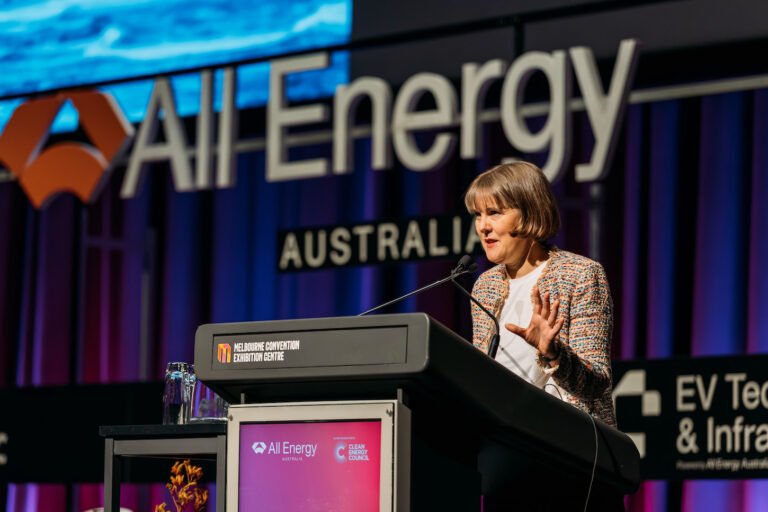The estimated population of the ASEAN (Association of Southeast Asian Nations) region in 2023 was approximately 683.29 million (India and China are not part of ASEAN). Clean low-cost Solar energy is the answer for survival.
Australia: A Green Energy Powerhouse
Australia, with its sun-drenched landscapes, has emerged as a green energy champion. Here are some compelling statistics:
Investment Opportunities: For Australian and regional investors, the allure of low-emissions and sustainable technology is undeniable. By 2030, an estimated A$4 trillion in green investment is expected, and this figure could soar to A$15 trillion by 2050.
Solar PV Capacity: Australia boasts a substantial solar photovoltaic (PV) capacity. The transition toward renewable energy is driving enormous growth, making solar investments a lucrative prospect.

India: A Solar Power Revolution
India has emerged as a global solar powerhouse with ambitious renewable energy goals.
Invest Renewable Energy India Brochure+
Installed Capacity: India currently ranks fourth globally in solar power capacity. Over the last five years, its installed solar capacity has surged from 21,651 MW to 70,096 MW in 2023.
Government Initiatives: The Production Linked Incentive (PLI) scheme aims to boost domestic solar manufacturing. Additionally, the Solar Park Scheme establishes solar hubs to attract investments and achieve economies of scale.
Malaysia: Solar Rising in the Tropics
Malaysia is actively investing in solar energy. Key highlights include:
Opportunities: The government encourages rural electrification through distributed energy systems, where solar plays a crucial role. Microgrids are gaining traction, ensuring clean energy access for local communities.
Indonesia: Scaling Up Solar
Indonesia aims to transition to renewable energy swiftly. Here’s what you need to know:
Solar Potential: Indonesia enjoys abundant sunlight, making it a prime candidate for solar energy. The country targets substantial solar PV capacity by 2030.
Challenges: Indonesia faces challenges in scaling up solar production due to its geography (17,000+ islands) and lack of domestic demand. However, opportunities lie in exporting solar products and learning from successful regional peers.
Philippines: Solar on the Rise
The Philippines is actively investing in solar energy:
Growing Popularity: Solar energy made up 0.7% of total power consumption in 2021 and is expected to increase its overall share. The country’s high accessibility to solar and ambitious renewable energy targets drive this growth.
Vietnam is making strides in solar energy:
Installed Capacity: Vietnam boasts 18.5 GW of installed solar capacity, demonstrating significant growth3.
Renewable Mix: Hydro, geothermal, wind, and solar contribute to the country’s renewable energy mix. Solar is gaining ground, especially in rural areas.
Singapore: Importing Renewable Energy
Singapore, although small, plays a strategic role:














